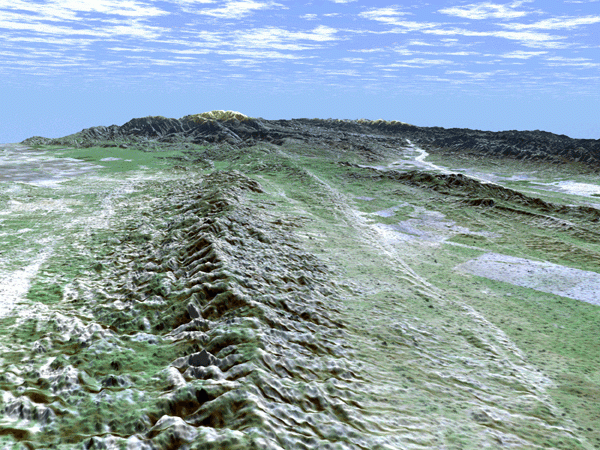Earthquake Swarm In California’s San Andreas Fault Might Trigger Powerful Quake Next Week, USGS Warns
KEY POINTS
- The USGS detected 54 earthquakes in the San Andreas Fault
- The earthquake swarm could trigger a powerful quake
- The chances of a powerful earthquake happening in the area have increased
Over the past couple of days, the U.S. Geological Survey (USGS) has been detecting a series of earthquakes from the San Andreas Fault in California. According to the agency, the swarm of seismic activity in the area could trigger a powerful earthquake by next week.
The San Andreas Fault is regarded as one of the most dangerous fault lines in the country. It runs about 1,200 kilometers across California and forms the tectonic boundary between the North American Plate and the Pacific Plate.
The latest earthquake swarm from the San Andreas Fault was detected by the USGS on Monday. As indicated in a report by the agency, a total of 54 earthquakes was recorded beneath the Salton Sea, which is a shallow saline lake directly on the fault line.
The USGS noted that earthquake swarms in the area are relatively common and usually remain active for about one to 20 days. In past cases, the swarms resulted in sudden bursts of seismic activity.
The seismic activity in the area had already subsided. The USGS stated that only about two earthquakes in the area were detected. However, the agency warned that the decline in activity does not automatically mean that the San Andreas Fault will no longer produce earthquakes within the next couple of days.
The recent earthquake swarm could still trigger powerful seismic activity, the agency said.
“The risk of a large earthquake is still considerably elevated due to the swarm when compared to background levels,” the USGS stated in its report.
As noted by the agency, the southern portion of the San Andreas Fault is capable of producing a powerful earthquake with a magnitude of over seven. The last time this happened was over 300 years ago.
According to the USGS, the chances of a powerful earthquake occurring in the area are usually one out of 10,000. However, due to the recent rise in seismic activity, the odds of a powerful earthquake hitting California are now greater.
“In a typical week, there is approximately a 1 in 10,000 chance of a magnitude 7+ earthquake on the southernmost San Andreas Fault,” the USGS reported. “For the next week, we estimate an elevated chance of such an earthquake to be about 1 in 1,000.”
Google recently added a feature to allow Android users to detect tremors with their phones.

© Copyright IBTimes 2024. All rights reserved.





















